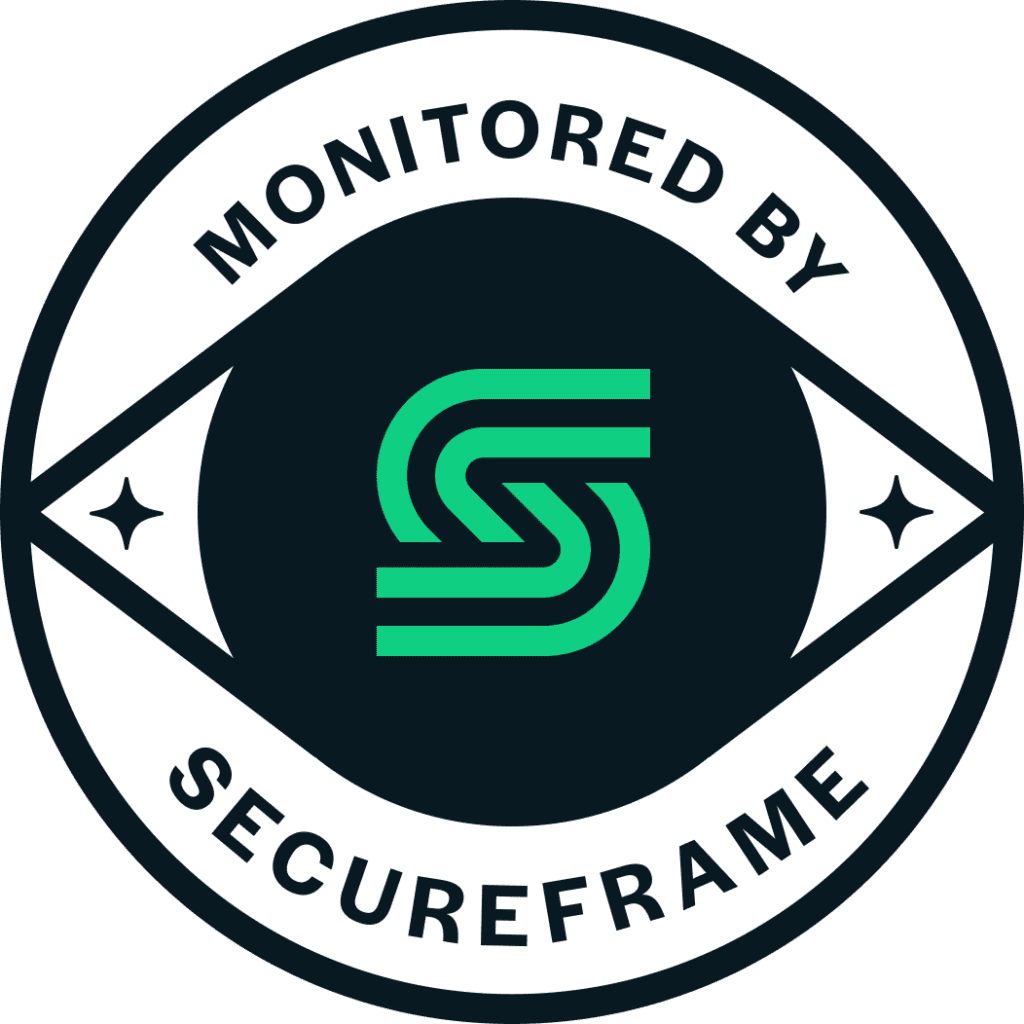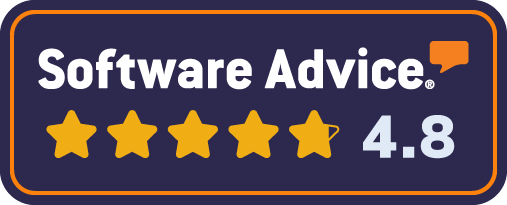During the past year, influencer marketing truly became mainstream. More and more brands are tapping influential bloggers and social media stars for their unique level of engagement with their audiences. Some of these influencers target a specific niche, while others have the reach and scale of TV shows or small media companies. The common thread is that each has built an engaged and excited audience that not only hangs on their every word but trusts them.
This powerful combination of great personalities paired with great content has led to great engagement levels. And big brands and advertising agencies have been paying close attention. In fact, it’s not uncommon now for influencers to command $25,000 for a sponsored post or video or product placement within one. The very top-tier influencers have gone on to sign deals to bring their brands and personalities to other realms, including TV, book publishing, live events, and more.
Influencer marketing has clearly reached a tipping point. But…
Influencers Audience Data is a Black Box
As more brands dip their toes into influencer marketing and allocate more budget dollars to it, there’s a higher level of scrutiny, as well as a higher expectation for performance and ROI.
But there’s a problem. Influencer marketing in its current form is lacking two important things: Standard, Trackable Metrics & Audience Data. Their absence imposes a clear limitation on influencer marketing’s future growth and pricing power. Why is this the case? Major influencers have built their empires primarily on social platforms—Instagram and YouTube being the most prominent. And those empires are consequently hemmed in by the inherent limitations of those platforms.
In the case of tracking, influencer media functions a lot like traditional TV and radio broadcasting. Although sponsors can see social interactions (likes, RTs, shares, etc.) and can read comments and conversations, there really isn’t a reliable way to track through to subsequent brand lift, purchase intent, store traffic, or sales.
In addition, in-depth data on audience demographics, psychographics, and research is a black box not only for sponsors, but for the influencers themselves. Other than the basic metrics that the social platforms provide, influencers have very little insight into their own audiences. And that’s a big stumbling block for future growth and their ability to command premium pricing for advertising sponsorship.
In terms of audience data, the platforms hold the main user relationship, and subsequently hold all the cards. The nascent businesses that these influencers have successfully and assiduously built on the social platforms are, in effect, hostages to those same platforms.
How to Secure the Future of Influencer Marketing
To break current limitations on their growth, influencers need to graduate from their sole reliance on the big social platforms and develop their own hub for data and continued engagement with their audiences. It’s the first step to truly owning their own audience data.
The next step is creating interactive engagement tools that would not only expand their interactions with their audience; but would also simultaneously create opportunities to collect additional data and open up new advertising and marketing opportunities for sponsors. Influencers could leverage their already tremendous social reach & engagement and drive significant traffic to these tools to continuously enhance the value of their audience database. It presents an extraordinary opportunity to deepen relationships with sponsors by harnessing the capability to deliver the audience data and insights that sponsors so keenly want.
For example, what if a popular fashion/beauty YouTube star directed her vast audience to a link where they could participate in an interactive beauty assessment, asking them about their needs, concerns, problem areas, color palette, etc.? They could see how their needs & concerns are similar or contrast with others; and if they wish, they could ask to be contacted about products that fit their individual needs.
That is the power of audience data. What would a cosmetics company sponsor pay for specific insights into potential customers’ needs, concerns, and purchase intent? I think you get the picture.
The ability to deliver an enthused & engaged audience PLUS in-depth data and insights will increase pricing power on sponsorships and take the growth and maturity of influencer marketing to the next level.






